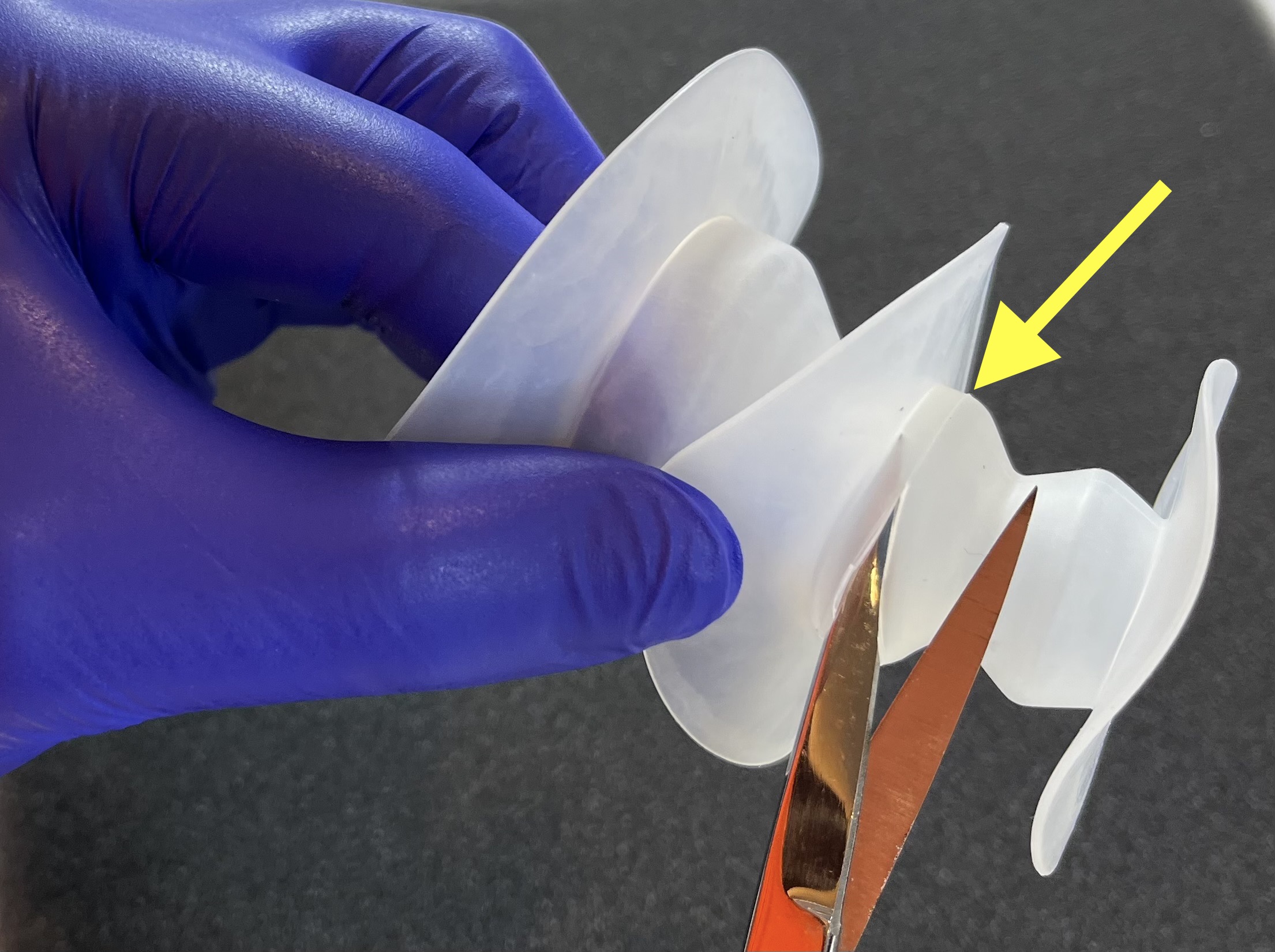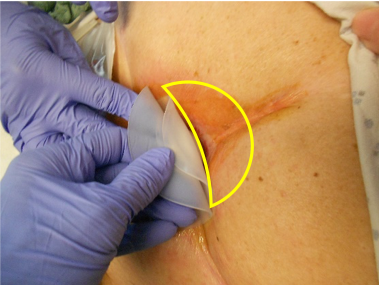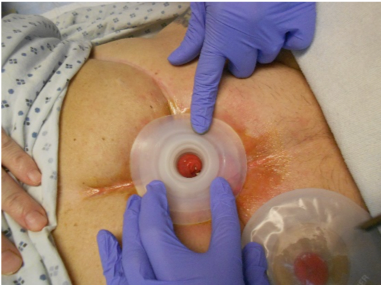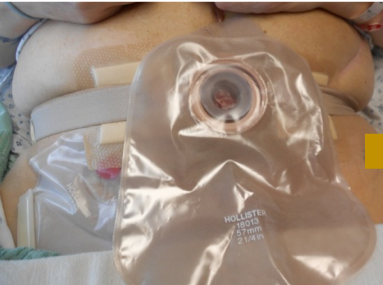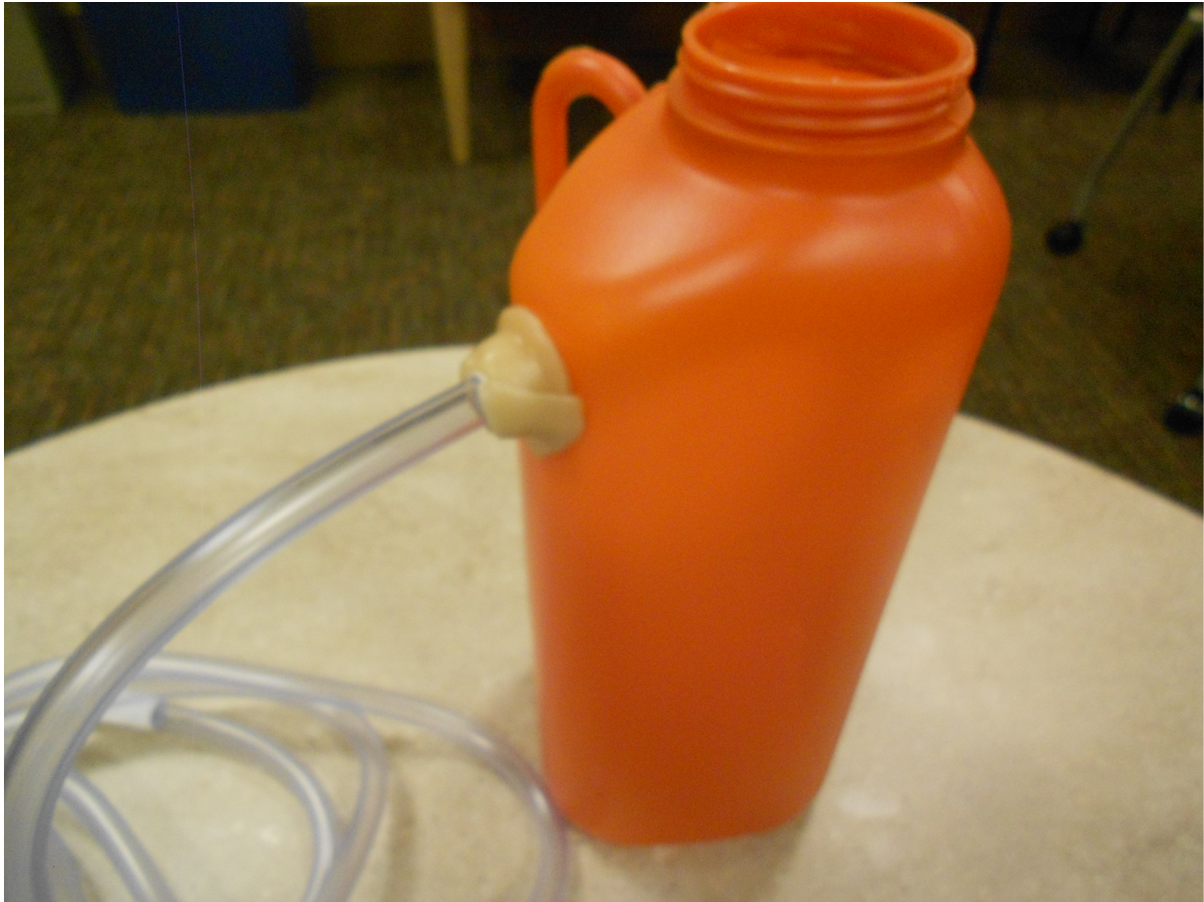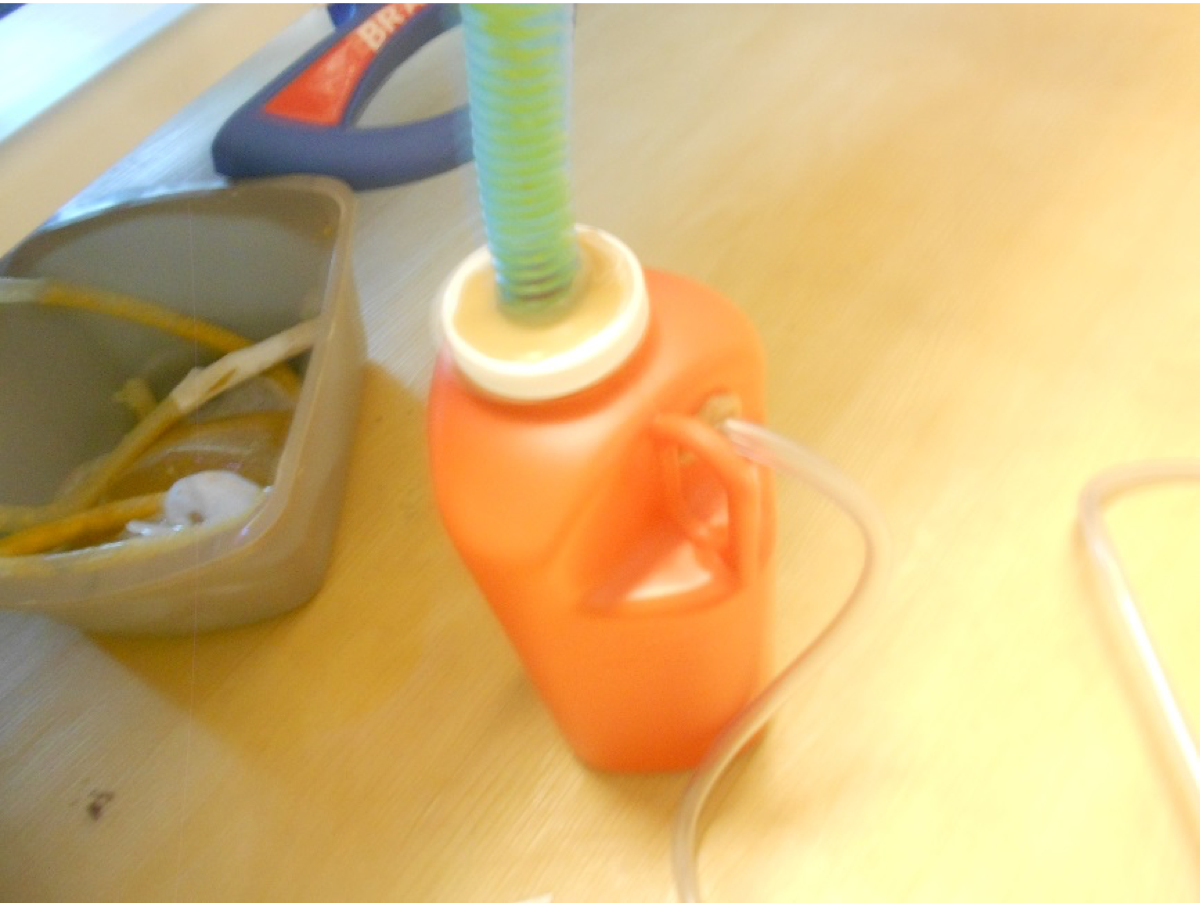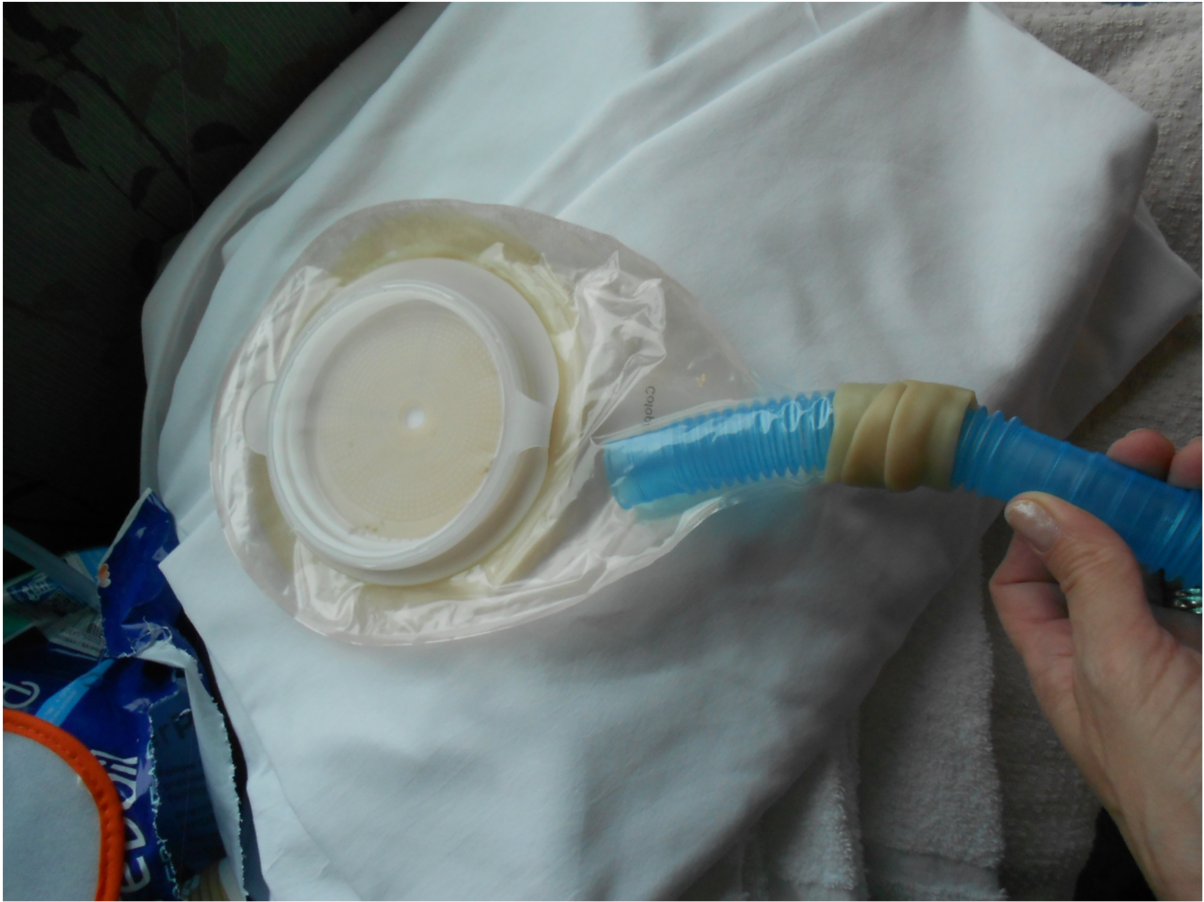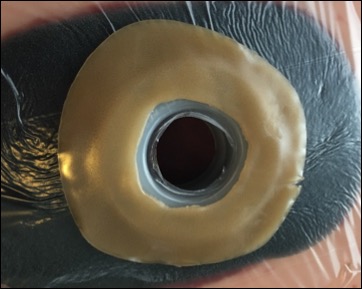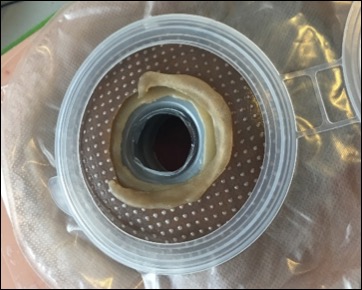Are you a dedicated healthcare professional seeking to expand your knowledge and skills in advanced wound care? Look no further! The Wild on Wounds (WOW) conference in Hollywood, Florida, is back with its impactful, hands-on wound care education. This year, the spotlight is on the "Fistula Fiesta" session - a unique opportunity to explore effective management techniques for the complex challenge of fistulas.
An Insightful Journey into Fistula Management
On September 16, 2023, the WOW conference will offer a comprehensive look into the management of fistulas. These challenging wounds can have a profound impact on both patients and their caregivers, making it crucial for healthcare professionals to stay informed about the latest advancements in treatment and care.
Unraveling the "Fistula Fiesta" Session
Designed specifically to address the complexities of fistulas, the "Fistula Fiesta" session will focus on the unique difficulties faced by patients and caregivers alike. Whether you're a nurse, a physical therapist, or an occupational therapist, this session will equip you with valuable insights and skills to effectively manage this intricate wound condition.
The Significance of Fistula Management
Fistulas pose significant challenges, often requiring a multidisciplinary approach to achieve the best outcomes for patients. Moreover, the psychological impact on patients and their families should not be underestimated. This session aims to illuminate the best practices in fistula management, empowering attendees to provide better care and support to their patients.
What You'll Learn
By attending the Fistula Fiesta session, you'll have the opportunity to achieve several key learning objectives, including:
- Identifying three common types of fistulas that develop in patients.
- Comparing different types of fistula management devices available on the market, allowing you to make informed choices tailored to your patients' unique needs.
Your Expert Guide - Emily Greenstein
Leading the Fistula Fiesta session is the experienced Emily Greenstein, APRN, CNP, CWON-AP, FACCWS, from Sanford Health in Fargo, ND. Emily's wealth of knowledge and expertise makes her the perfect guide to navigate the complexities of fistula management. With her board certifications in Wound and Ostomy Care and 14 years of experience, she is dedicated to advancing wound care practices and providing optimal patient outcomes.
Join the Fiesta, Enhance Your Expertise!
The Fistula Fiesta session at WOW promises to be an illuminating experience, providing you with valuable insights and skills to tackle the challenges of fistula management with confidence. Whether you're a seasoned healthcare professional or just starting your wound care journey, this session offers something for everyone.
Don't miss out on this enriching opportunity! Click here to learn more about the event and the Fistula Fiesta session.




